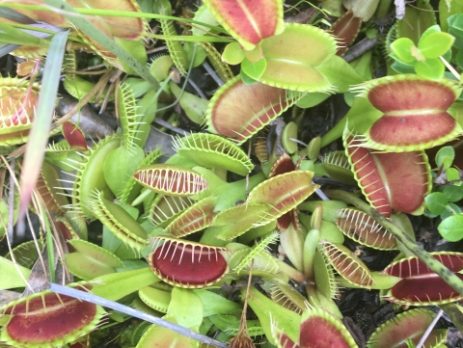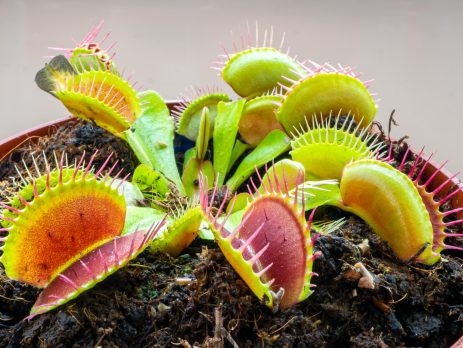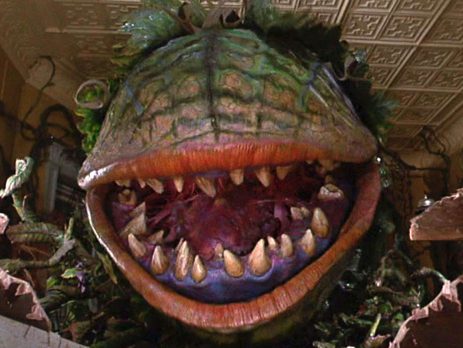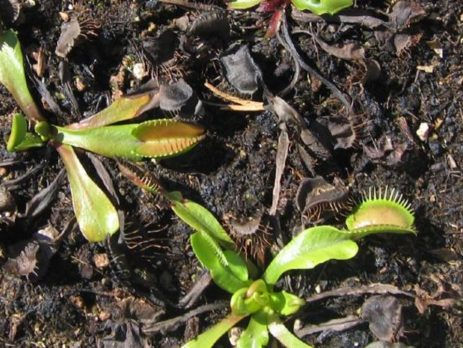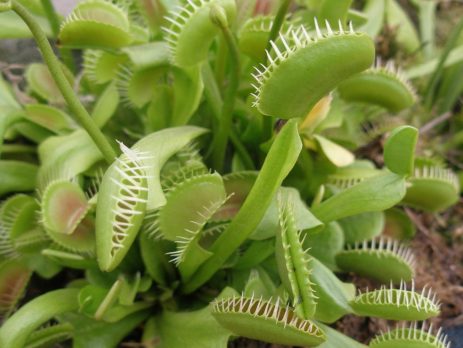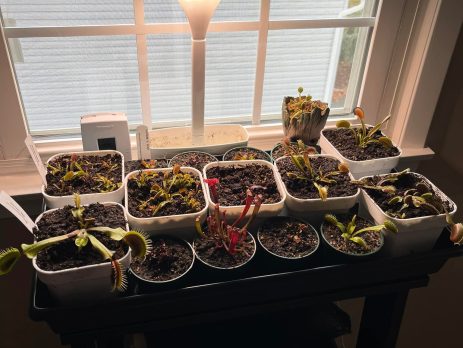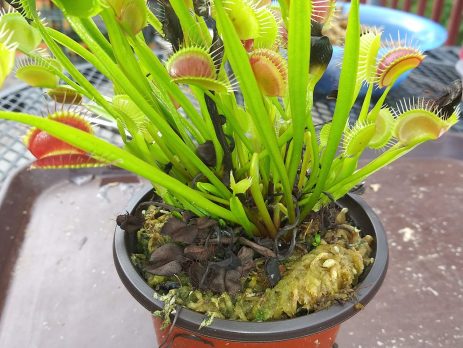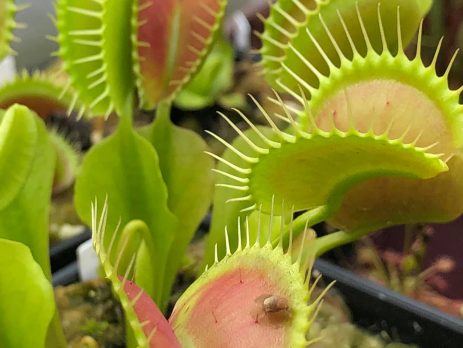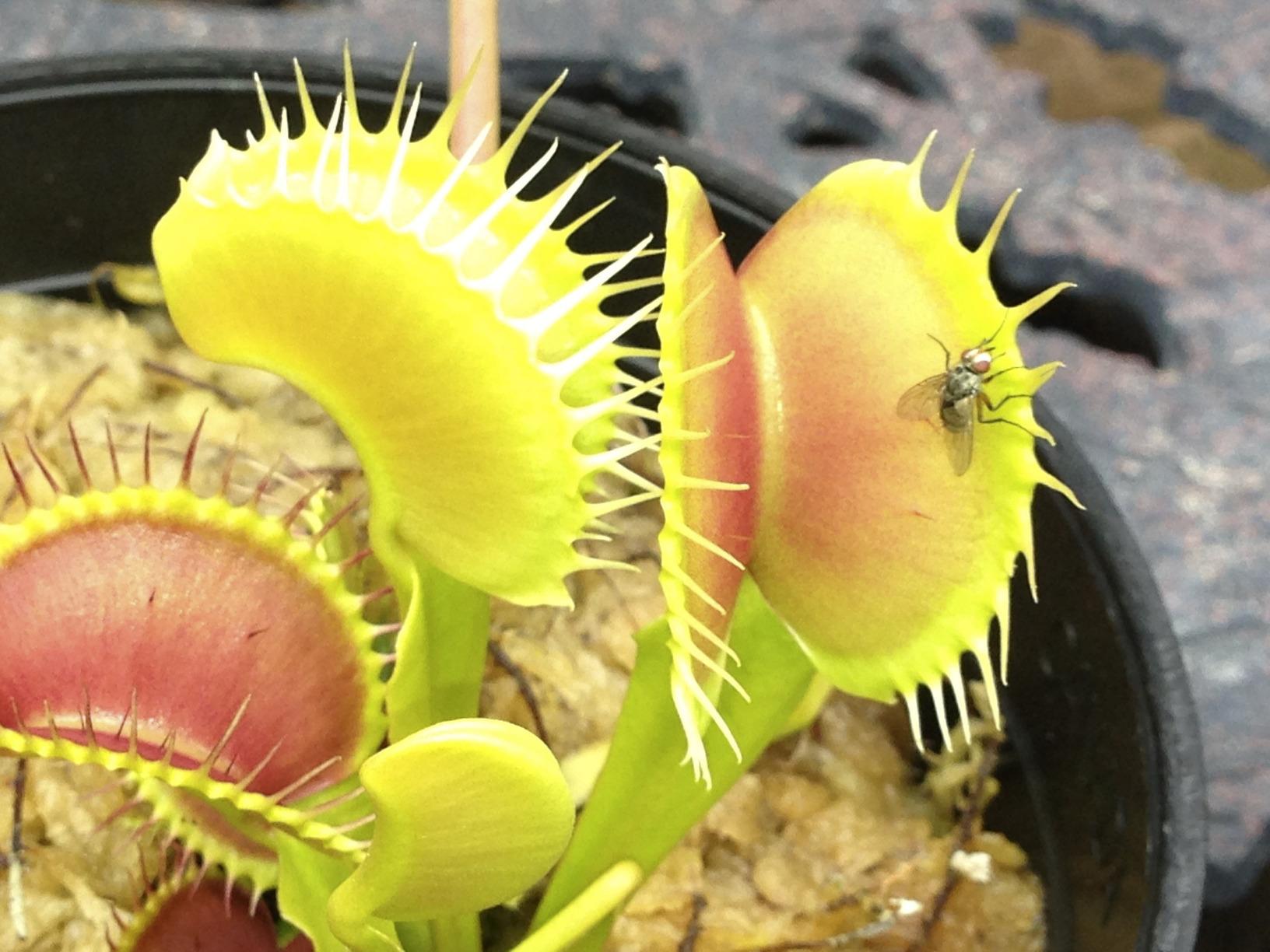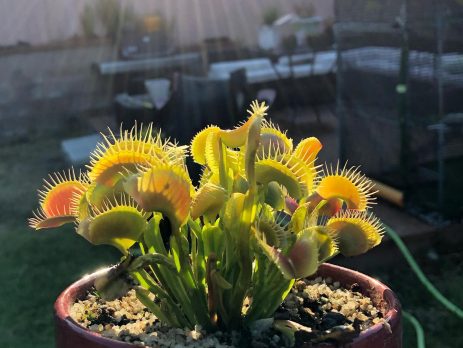How many Venus Flytrap cultivars (varieties) exist in the world?
There are many Venus Flytrap cultivars that have been developed through selective breeding and hybridization over the years. It is difficult to give an exact number, as new cultivars are constantly being created and named. However, according to the International Carnivorous Plant Society, there are currently more than 500 registered cultivars of Venus Flytrap. These cultivars vary in their appearance, with some featuring unique colors or shapes of the traps. Some of the most popular Venus Flytrap cultivars include 'B52', which is...

